With 93 accepted species, the pike cichlids (Crenicichla) are the most species-rich genus of cichlids anywhere. Closely related to Crenicichla are the Teleocichla cichlids. The relationship is so close that the independence of Teleocichla has been doubted several times. In a recent study in which 74 species of the complex could be considered (65 Crenicichla species and all 9 Teleocichla species), different methods were tested to better understand the relationships of the pike cichlids. The result is that strictly speaking only one species remained, namely the type species of the genus Crenicichla (Crenicichla macrophthalma Heckel 1840)!
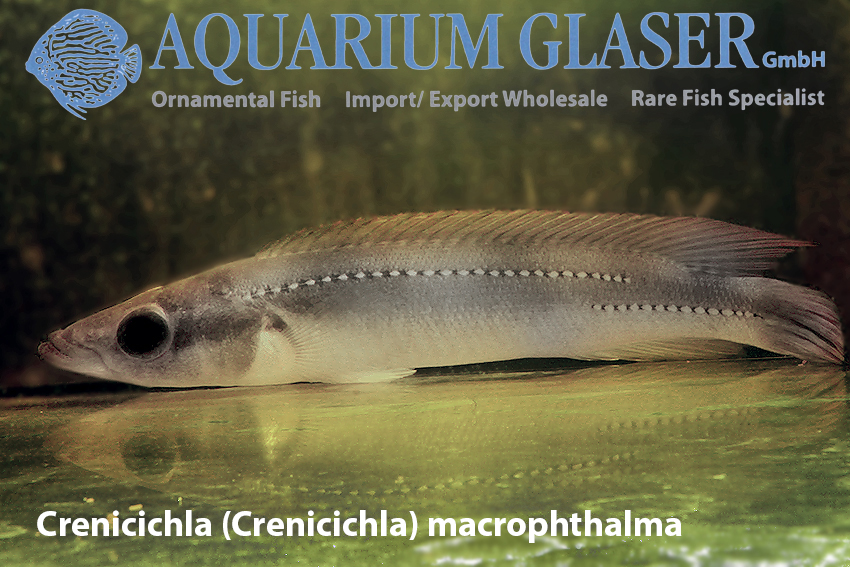
Crenicichla macrophthalma, type species of the genus Crenicichla, was described already in 1840. The species originates from the Manaus area in Brazil, but is an extreme rarity in the hobby. The strange lateral line pattern makes the fish distinctive.
However, the authors of the study (Varella et al., 2023) consider two groups of pike cichlids to be so closely related to this species that they established subgenera for them. The two subgenera to Crenicichla are Batrachops (9 species, type species Batrachops reticulatus) and Lacustria (34 species, type species Cycla lacustris). This approach is sure to meet with criticism because the concept of subgenus is in itself a paradox. Either the members of a subgenus represent an independent, monophyletic line of development, in which case they can just as well be placed in a full genus, or not, in which case there is no need for a subgenus. Anyway, this is for others to judge.
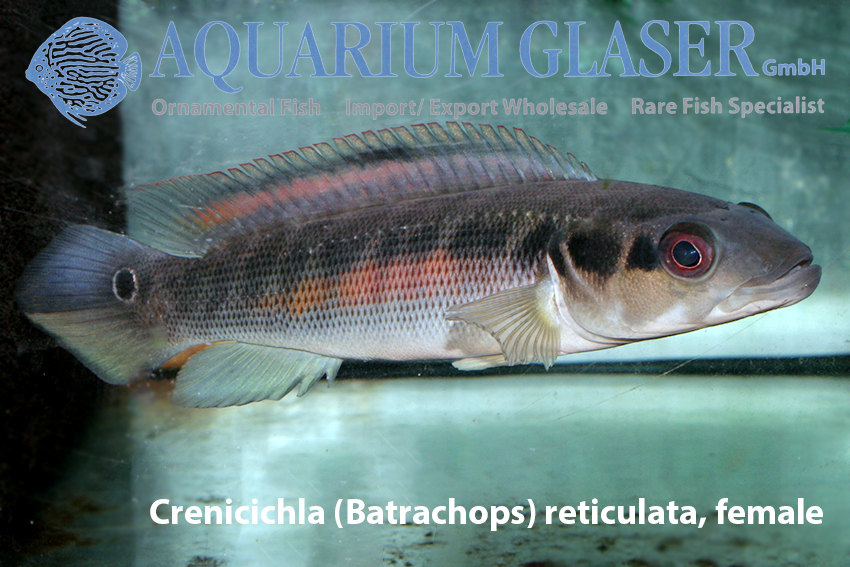
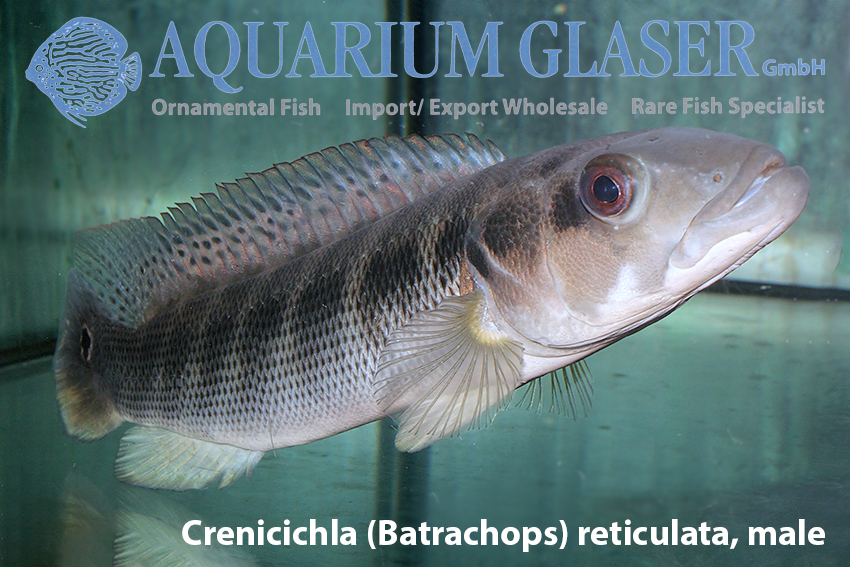
Crenicichla (Batrachops) reticulata, type species of the subgenus Batrachops. If Batrachops became full genus rank, the species name must be reticulatus (masculinum), in Crenicichla it is femininum, i.e. reticulata.
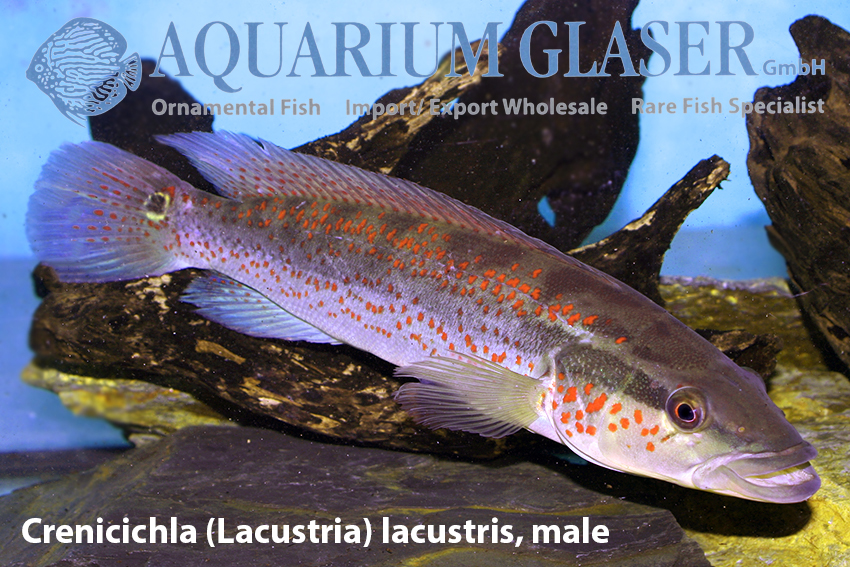
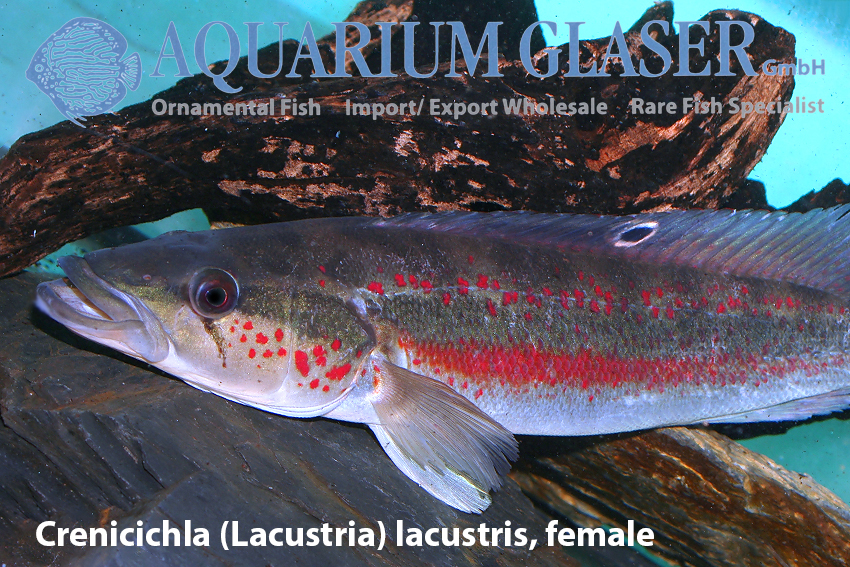
Most species of the subgenus Crenicichla (Lacustria) are hardly available aquaristically, they come from southern Brazil. The pictures of the type species C. lacustris shown here were taken 17 years ago. At that time the not yet identified fishes were called C. sp. Itapemirim or C. sp. Malaria.
However, the remaining 49 species are so different from Crenicichla in the proper sense that they have been transferred to separate genera: Wallaciia (type species Crenicichla wallacii) with 8 species, Lugubria (type species Crenicichla lugubris) with 16 species, Hemeraia (type species Crenicichla hemera) with 2 species, and Saxatilia (type species Sparus saxatilis) with 23 species. The independence of Teleocichla was confirmed, it includes 9 species, type species is Teleocichla centrarchus.
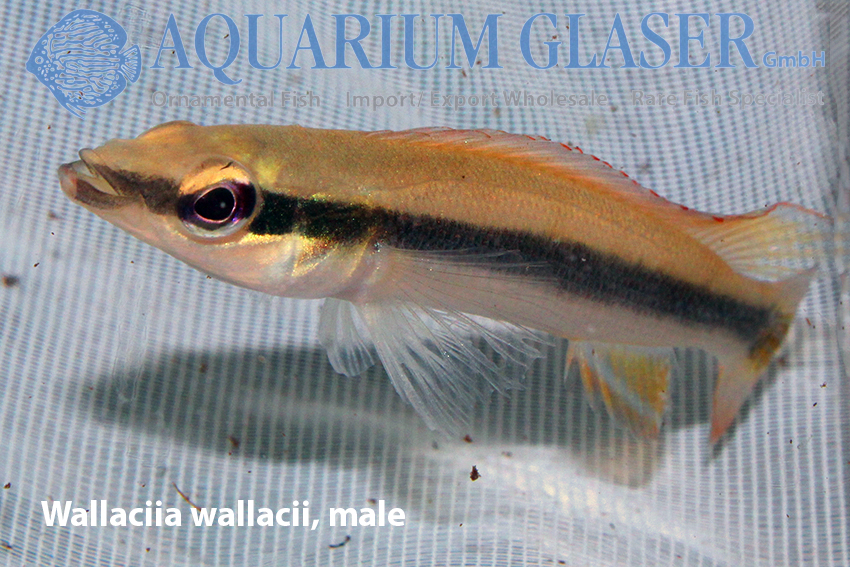
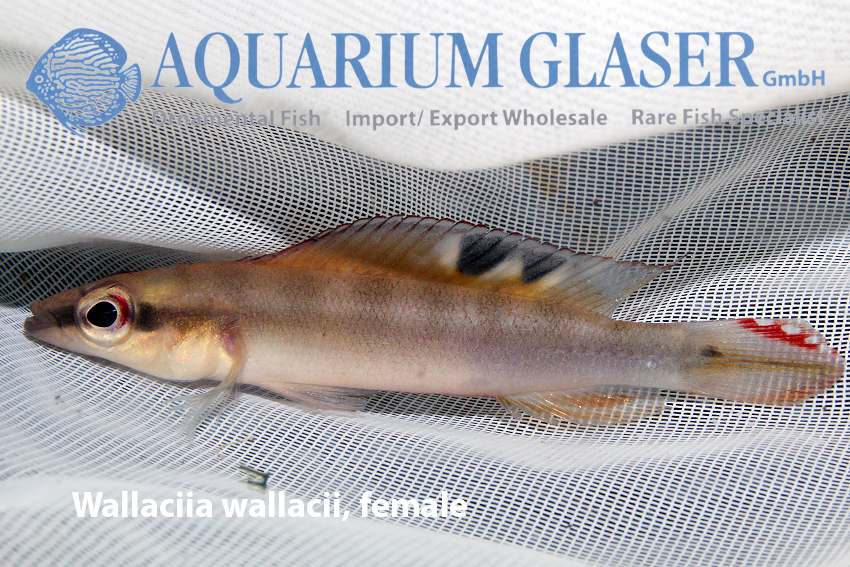
The dwarf crenicichla were transferred to the newly established genus Wallaciia (No typo, two i’s). Type species is W. wallacii from Guyana (pictures), a species very similar to the aquaristically much better known species W. regani.
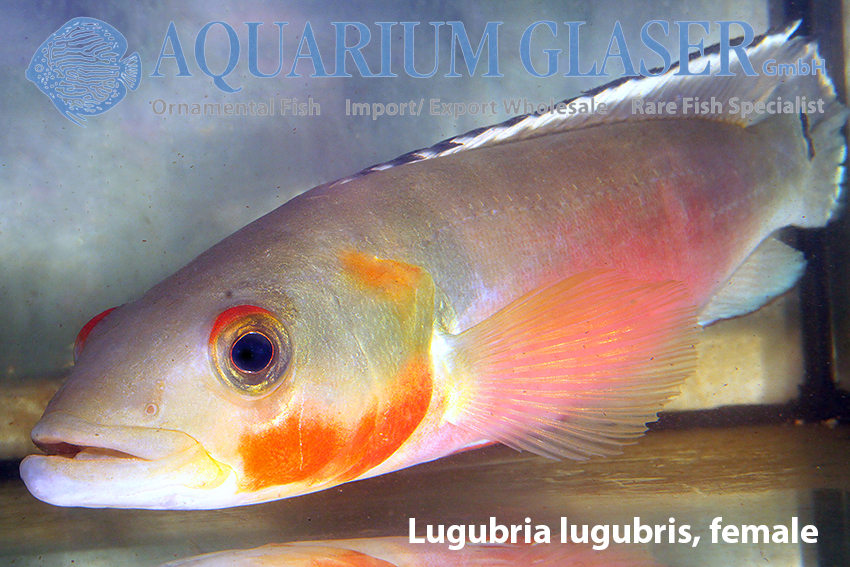
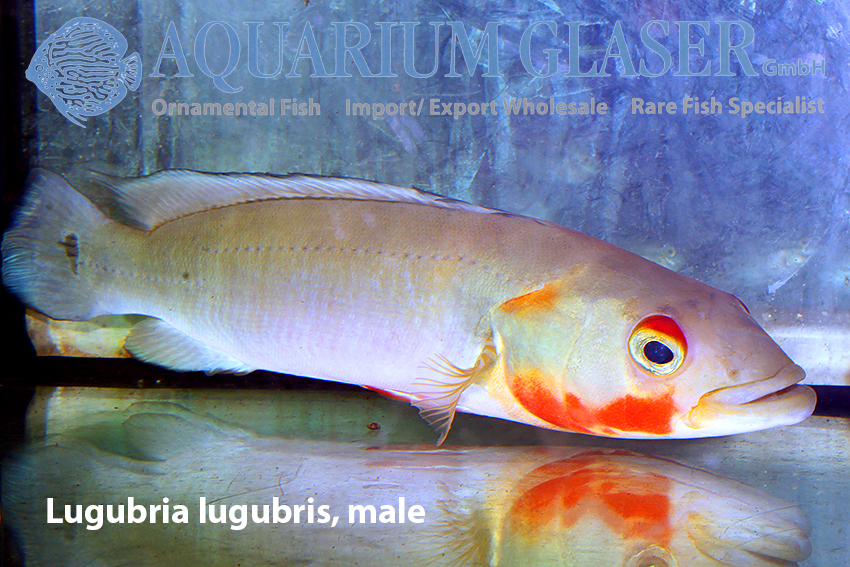
Lugubria species are quite popular with owners of large (!) aquariums. The pictures show a population of the type species L. lugubris from the Rio Jutai in Brazil.
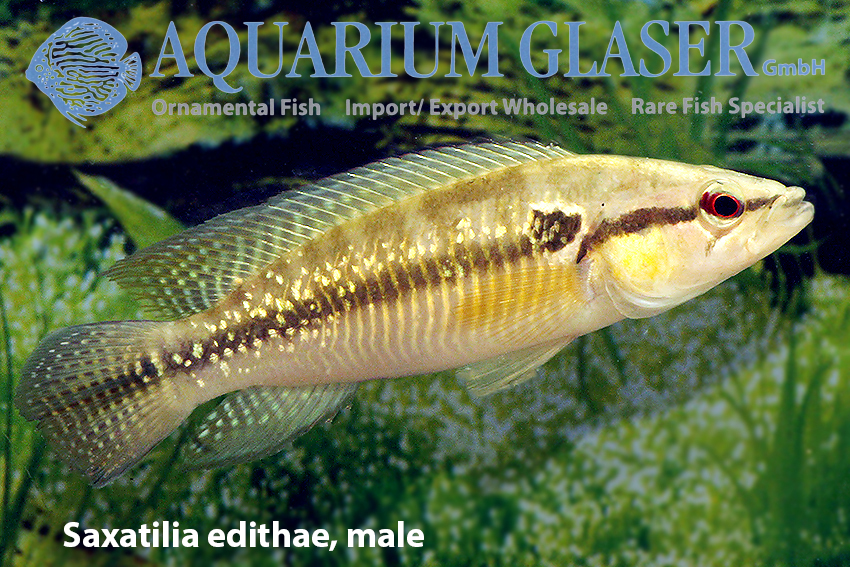
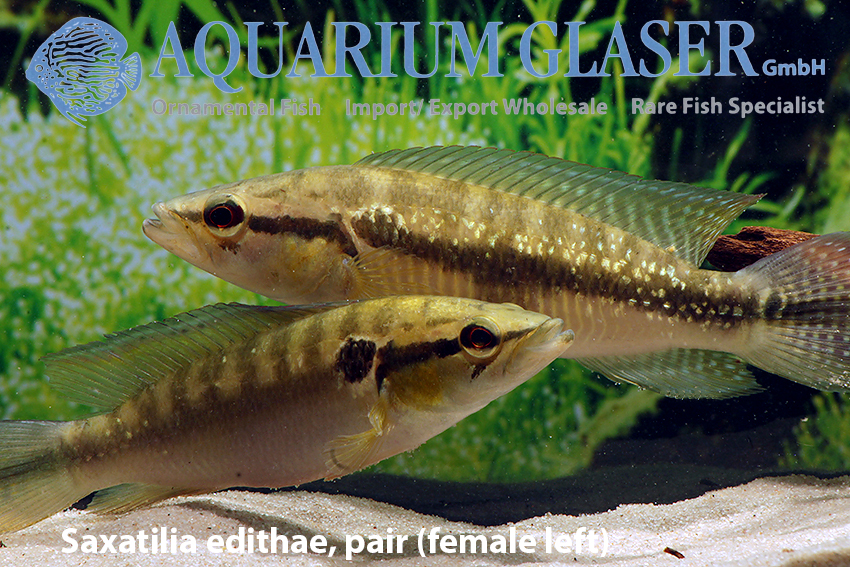
The representatives of the new genus Saxatilia belong to the group of forms around S. saxatilis. The pictures show S. edithae, a typical representative of the genus from Paraguay. The two Hemeraia species have not yet appeared alive as far as we know.
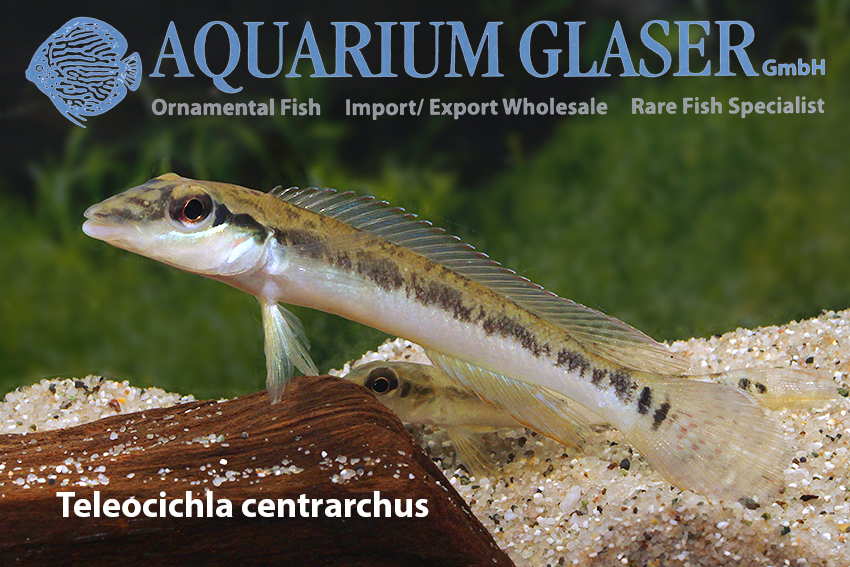
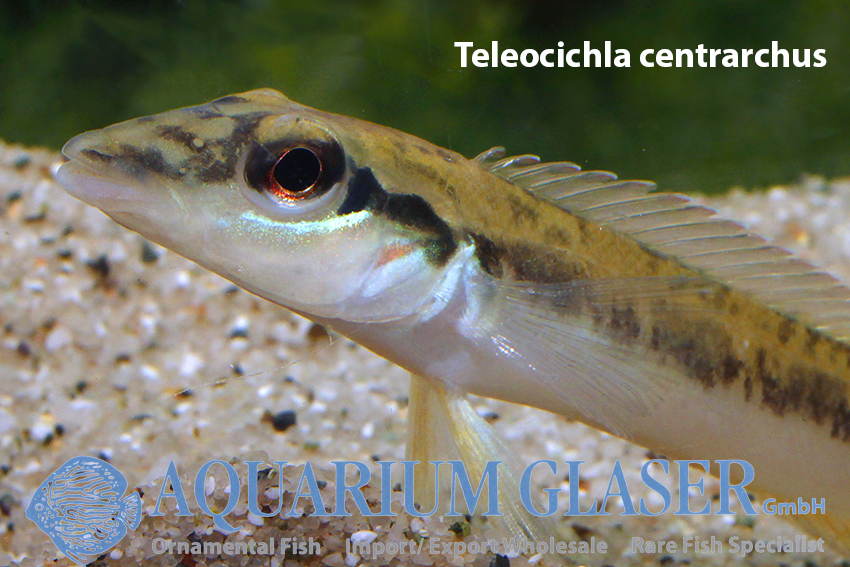
The independence of the genus Teleocichla was confirmed. The pictures show the type species T. centrarchus from the Rio Xingu in Brazil.
As experience with breaking up other large collecting genera in the past has shown (e.g. Cichlasoma, Barbus/Puntius, Botia, etc.), some fine-tuning will now certainly take place in the near future and the outliers in the new genera will be subdivided once again.So there is some learning to do for fans of these elegant predatory cichlids if they want to be on top of scientific classification.
The new names will almost certainly not be adopted by the trade for the time being, because any change of name means a major intervention in the merchandise management systems and is associated with high costs and – what is more important – with a loss of information. Therefore, one will wait a few years to see how the scientific community will accept the proposals of Varella et al. before taking action.
Text & photos: Frank Schäfer
Literature:
Varella, H. R., Kullander, S. O., Menezes, N. A., Oliveira, C. and H. López-Fernández (2023): Revision of the generic classification of pike cichlids using an integrative phylogenetic approach (Cichlidae: tribe Geophagini: subtribe Crenicichlina). Zoological Journal of the Linnean Society Advance article: 1-43




